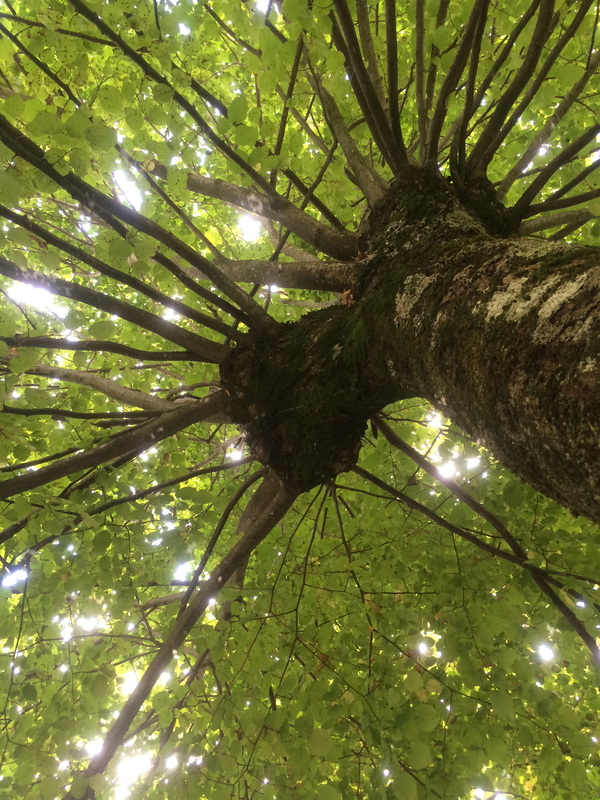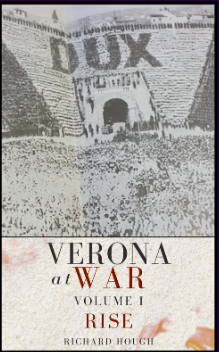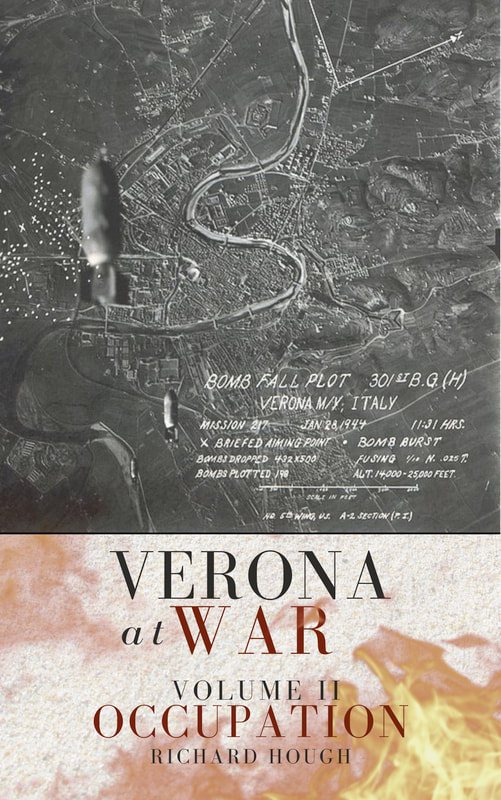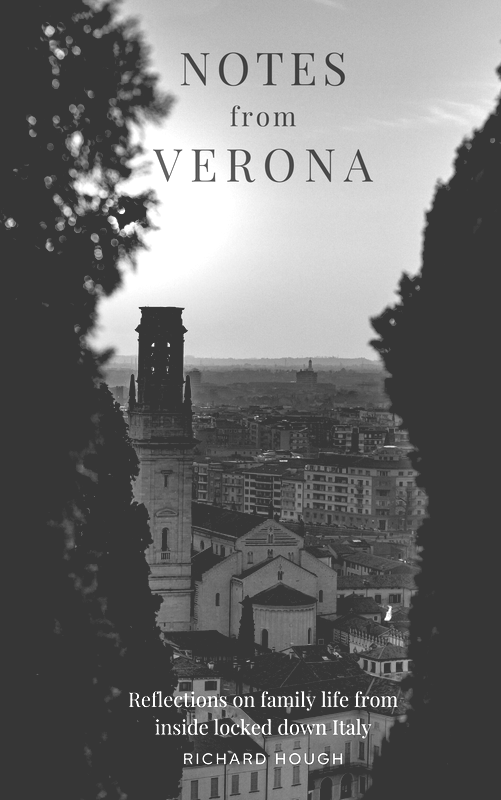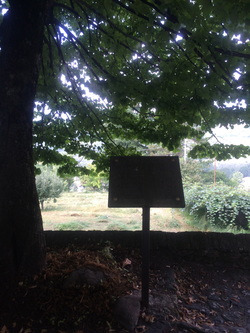 The plaque in memory of Luigi Dini The plaque in memory of Luigi Dini Under a sprawling linden tree, in the medieval village of Castiglione di Garfagnana, looking out over the Serchio Valley, stands a fading plaque in memory of Luigi Dini. Castiglione di Garfagnana is a village that embraces its history. Two days previously we had made our annual visit to its 'Sagra Mediavale', during which the entire village basks in its medieval origins. In fact, the origins or Castiglione can be traced to the year 723, but the town remains defined by its medieval layout, walls and stronghold towers. Standing beneath the linden and gazing through the mid-morning haze upwards towards Corfino, the plaque couldn't occupy a more picturesque spot. Whilst southern Tuscany attracts the tourists, this peaceful and picturesque corner of Tuscany is well worth exploring. 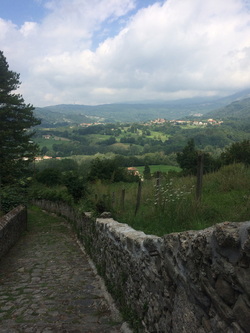 The view from Porta Inferi The view from Porta Inferi Seventy years previously, this region, as with the rest of northern Italy, was in the grips of a brutal German occupation. An atmosphere of fear and repression hung over the occupied territory. The formation of the Black Brigades (fascist Italian paramilitary groups loyal to Mussolini) had done little to quell partisan activity. If anything, partisan hostilities intensified during this period. Throughout August 1944, acts of retribution were commonplace with massacres of men, women and children committed at Bardine, San Terenzo and Santa Anna (where, on 12 August 1944, 560 local villagers and refugees, including 130 children, were murdered and their bodies burnt by the SS). Luigi Dini is the 36-year-old leader of a band of partisans operating in the countryside to the north of Lucca. On 25 September 1944, he is captured in the village of Filicaia. The next day, in the nearby village of Castiglione, he is to be interrogated by the Black Brigade. Somehow he has managed to conceal on his person a hand grenade. Rather than face interrogation and torture, he activates the grenade. He dies, taking two Germans and an interpreter with him. His corpse is thrown on a pile of muck, because "it deserves nothing more". He is then buried outside the Porta Inferi, the ancient gateway to the village. On All Souls Day, 2 November 1944, Don Lemmi, the pastor of Castiglione, announces that he will bless the body of Luigi Dini where it is buried. In order to avoid retaliation and reprisal, he advises the people of the village to stay away. In an remarkable display of resistance, the men and women of Castiglione disobey his advice and, under the eyes of the watching Germans, observe a short blessing ceremony outside the ancient Porta Inferi of Castiglione, above the Serchio Valley, where the linden tree now stands. |
AboutRichard Hough writes about history, football, wine, whisky, culture + travel and is currently working on a trilogy about wartime Verona.
|
